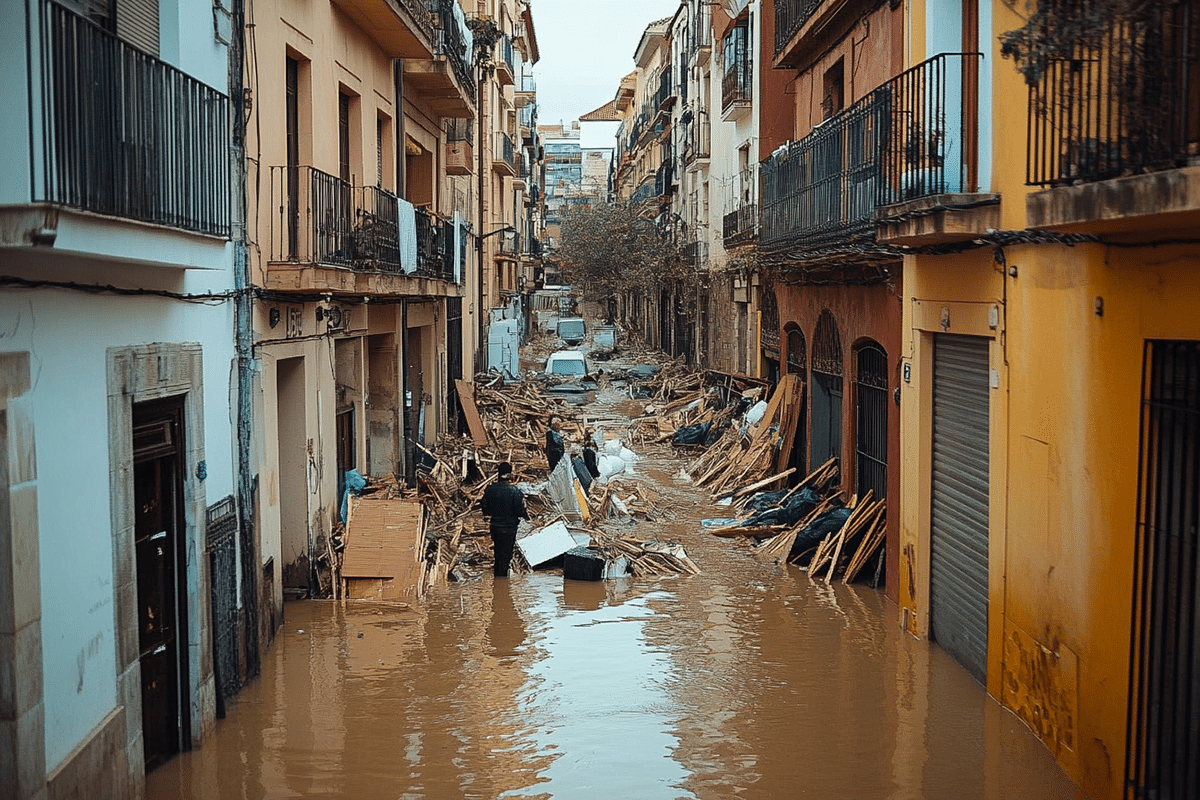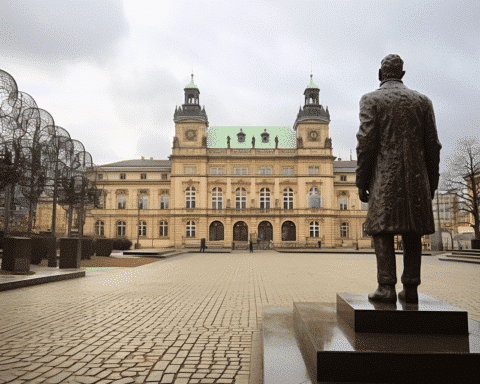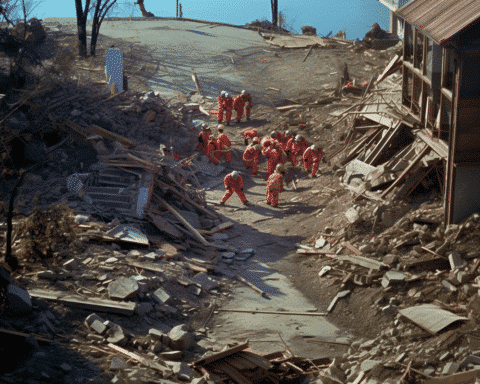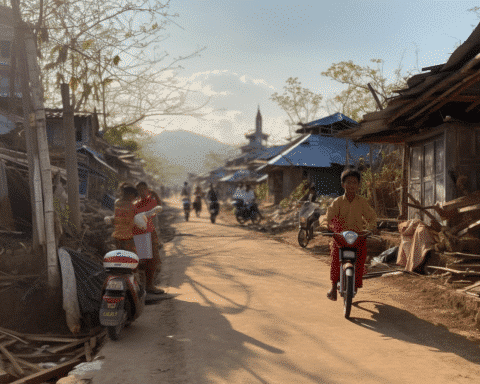The recent floods that struck eastern Spain have left devastating impacts on lives and infrastructure across the Valencia region. With over 218 confirmed fatalities, the flood, triggered by relentless rains on October 29-30, has marked one of the deadliest natural disasters in Spain’s recent history. As families hold out hope for missing loved ones, the immense recovery work continues with the central government rolling out an extensive relief package and communities struggling to rebuild amid scenes of widespread destruction.
In the town of Sedaví, María Murgui and her family are among those still waiting for news of a missing loved one. Her father, Francisco, disappeared during the disaster after going outside to save his motorbike from rising floodwaters. His last known contact was a message reassuring his family of his safety, but by the time help arrived, he was nowhere to be found. María’s story, shared on social media and public broadcasts, highlights the challenges faced by many families as they search for missing relatives.
Spanish state broadcaster RTVE has been broadcasting appeals from families seeking assistance to locate loved ones, and authorities have yet to provide an official count of the missing. Community efforts, however, have not faltered, with volunteers and emergency services supporting families and helping residents salvage what they can from the disaster.
Meanwhile, Spain’s central government has moved quickly to implement a substantial relief package aimed at aiding recovery across the affected regions. Prime Minister Pedro Sánchez announced a €10.6 billion package, modeled on pandemic-era support measures, to assist communities where lives have been lost and homes destroyed. Homeowners are eligible for direct payments ranging from €20,000 to €60,000 depending on the extent of the damage, and financial aid will also be extended to impacted businesses and local governments. Sánchez emphasized the scale of the recovery needed and has formally requested additional support from the European Union.
The physical damage in towns like Sedaví, Paiporta, and other affected areas reveals the true scale of the disaster. Roads are still submerged in thick brown mud, cars lie abandoned in canals and streets, and piles of ruined belongings, vegetation, and other debris fill neighborhoods. Streets emit a harsh stench from the aftermath, while residents struggle to clear the wreckage and return to normalcy. Many have lost not only possessions but access to basic goods and services.
While water has been restored to several towns, authorities caution that it is still not safe to drink, urging people to either boil it or rely on distributed bottled water supplies. Emergency kitchens and temporary food stations have appeared throughout the area to ensure residents can access basic necessities. The destruction has left the ground floors of thousands of homes uninhabitable, while countless vehicles that were swept away or submerged remain a grim reminder of the disaster’s toll. In many cases, these vehicles may still contain bodies that have yet to be recovered.
The cleanup efforts are extensive, with thousands of soldiers, firefighters, and police officers engaged in searching for victims and clearing debris. Specialized units search cars lodged in muddy canals and buildings left destroyed by the floodwaters. Health concerns have also risen, prompting authorities to recommend tetanus vaccinations for anyone with wounds that may have come into contact with floodwater. Masked volunteers continue to work alongside emergency personnel, but the psychological strain on the community is palpable.
Despite the collective efforts, frustrations over the crisis response have surfaced. In Paiporta, one of the hardest-hit areas, tensions flared during a visit from Spanish royals, Sánchez, and regional leaders. Local residents, disheartened by the crisis management, expressed their frustrations by throwing mud and debris during the officials’ visit. The incident highlights the emotional toll and deep-seated anger within affected communities, where residents are grappling with the aftermath and what they feel is an inadequate response.
As eastern Spain begins the long process of recovery, the resilience of local communities, families, and volunteers remains central to the rebuilding efforts. The coming weeks will be critical in determining the success of government relief measures and international support to restore a semblance of normalcy in towns shattered by this tragic flood.





